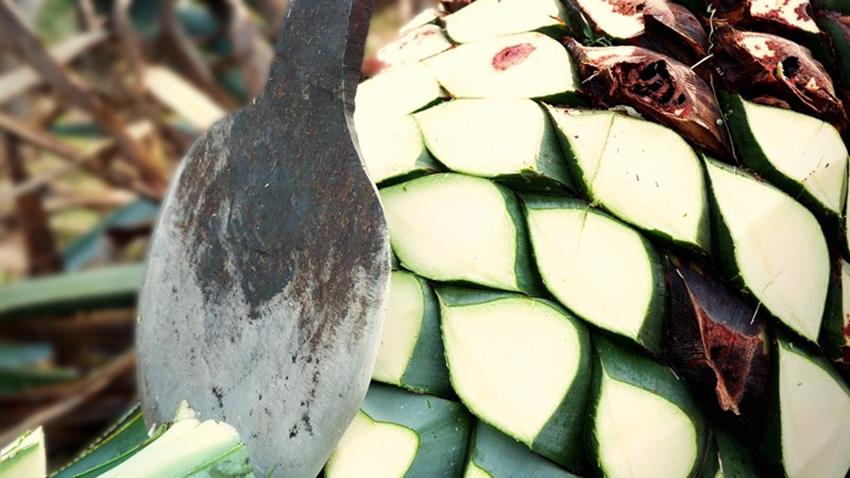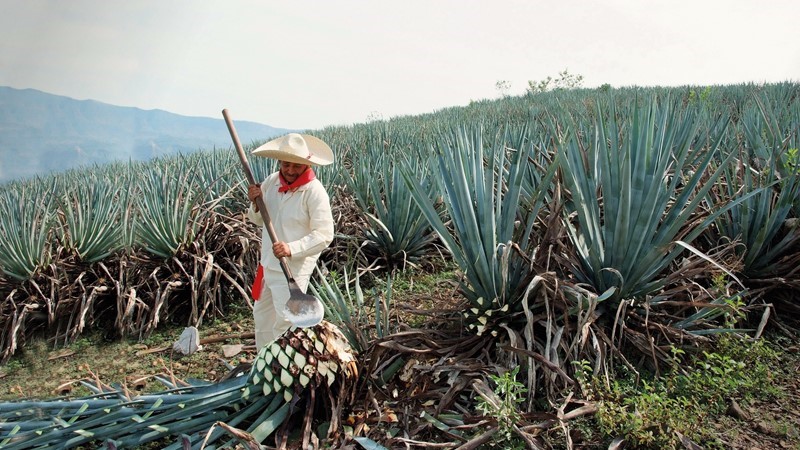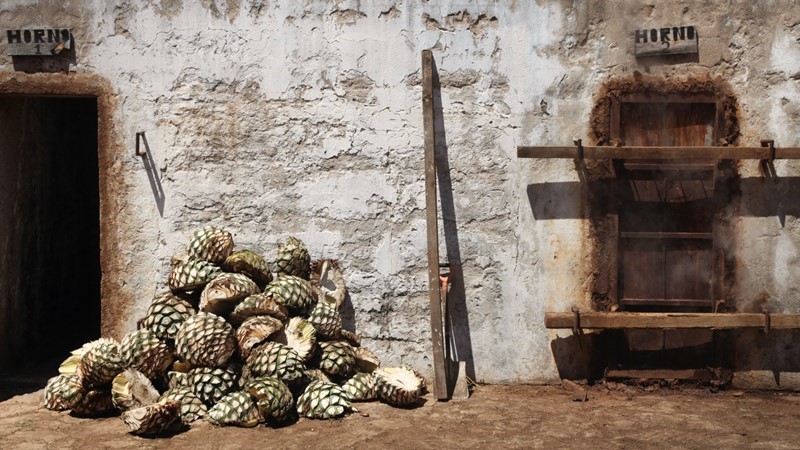
It’s not just a shot, Tequila is centuries of heritage and quality waiting to be discovered. It's probably the most misunderstood spirit in the UK, associated with shots and consumed late into the evening. However, it seems the tide is turning and consumers are falling in love with all the category has to offer.
Whereas many other spirits, for example, whisk(e)y and cognac invest the majority of the production time in the ageing process, agave spirits turn this on its head with a huge amount of time being invested in cultivation. Tequila is made from the agave plant, which although has the appearance of a cactus, is in fact, related to the lily family. The cultivation of agave is certainly a labour of love with many years invested before the first drop of liquid is poured.

Agave plants take a minimum of six years to reach maturity and frequently take much longer. At maturity, they produce a single flower and then subsequently die. Harvesting is a skilled job undertaken by ‘jimadors’. They cut off the shoot as the plant begins to flower, preserving the starch which is stored in the heart of the agave. This heart is called the ‘piña’ because it resembles a pineapple. The jimadors will cut off the bitter spiky leaves as close to the heart as possible leaving the piñas which can weigh anything from 20-90kg.
To extract the fermentable sugars, the piñas are cooked either in traditional masonry ovens called “hornos” or increasingly in much faster steam ovens which are called “autoclaves”. The resulting liquid is then distilled a minimum of two or occasionally three times mainly in copper pot stills. Increasingly stainless steel is used instead.
The Mexican government has established a number of regulations to control what can be called tequila and how it is made. Tequila that follows these regulations is authenticated by the Tequila Regulatory Council (CRT) and carries a NOM number on the label which identifies the distillery. Tequila can only be produced in five areas of Mexico: Jalisco, Nayarit, Guanajuato, Michoacan, and Tamaulipas, although 99% is made in Jalisco, home to the town Tequila.

Tequila must be made from a minimum of 51% Blue Weber Agave, the legislation allows for the remaining sugar to come from non- agave products, such as sugar cane which also grows in Mexico. Tequilas made with 100% Blue Weber Agave are labelled as such, those made with less than 100% are called “mixto”.
There is no minimum ageing requirement for Blanco tequila but wood is used to age other styles. There are no restrictions on the type of wood used. There are, however, regulations about the size of barrel used and the length of time the tequila is rested. The choice of wood and time spent resting have a great influence on the final flavour of the tequila. Care has to be taken not to overpower the delicate flavour of the agave.
Find out more about our Tequila range here. Order online via Matthew Clark Live - register or log in to your online account today.

